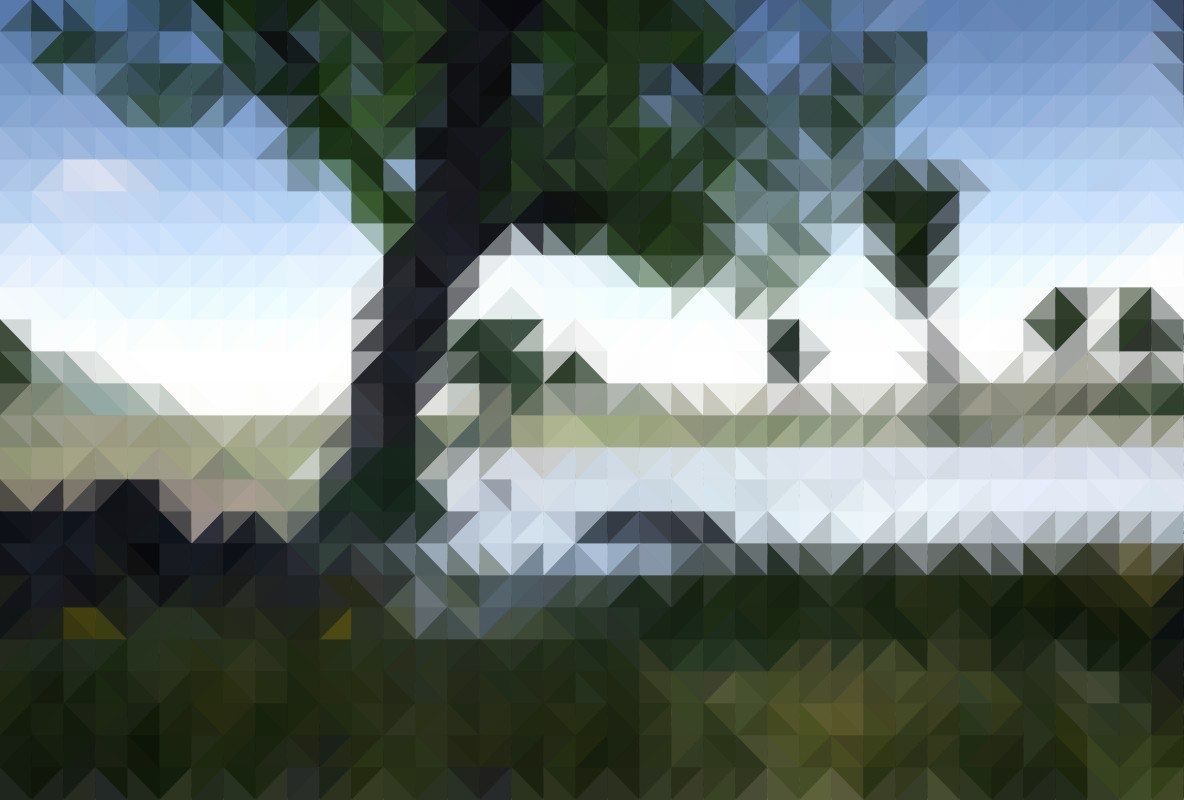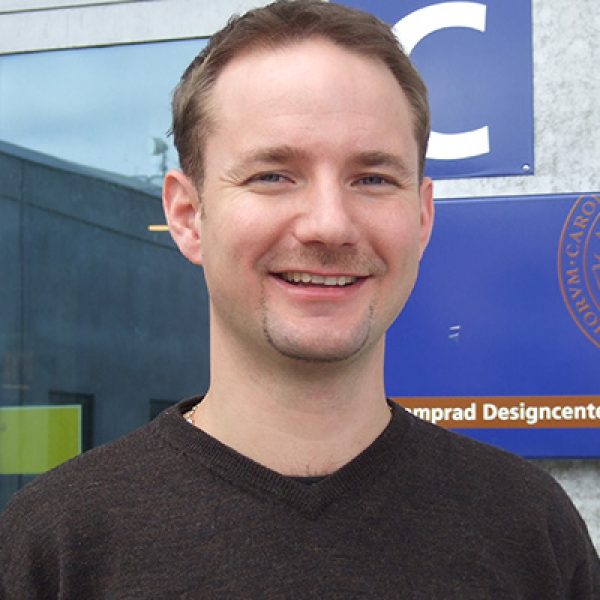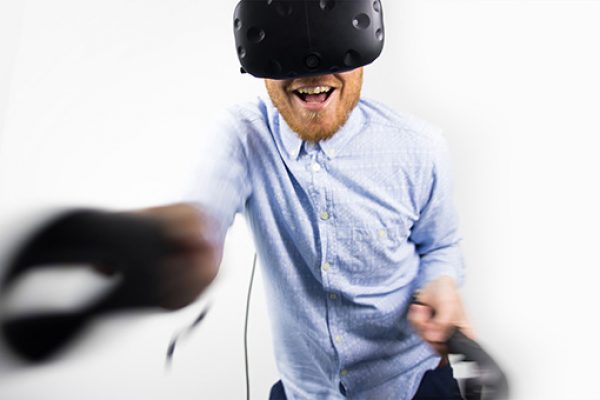This review led by Mare Löhmus Sundström and the BlueHealth team at Lund University has found that virtual reality can provide a viable alternative to contact with nature for those who cannot access the natural world themselves.
Many studies suggest that increased exposure to urban greenness is associated with better population health. Accessing nature can in some circumstances, however, be difficult, especially for individuals with mobility constraints.
Therefore, a growing body of work is investigating the ways to replace the in vivo experience with forms of “virtual” contact, in order to provide these individuals with at least some benefits of the natural environment. The aim of this paper is to provide a review of previous use of virtual reality (VR) nature in health and care settings and contemplate the potential use of this technology in future.
Our central question is whether engaging with virtual nature can contribute to enhanced physical and emotional well-being in housebound or mobility-constrained individuals. We conclude that while contact with real-world nature is preferred, VR use can be an alternative in cases when in vivo contact with nature is not possible.
There are many possibilities for the use of VR technology in psychiatric and medical care; however, the risks, benefits, and cost efficiency of these attempts should be carefully assessed and the outcomes should be measured in a scientifically valid manner.
The current review has nonetheless demonstrated that VR nature could play a role in each of the proposed mediating mechanisms linking natural environments and health.











